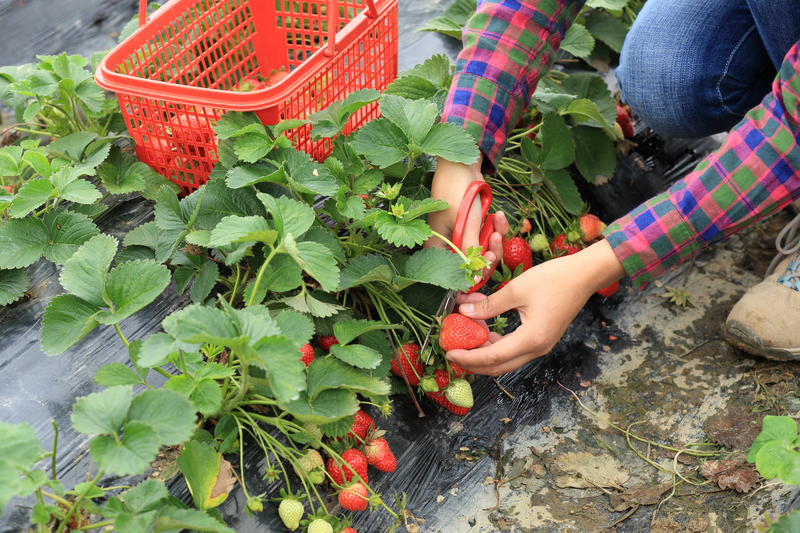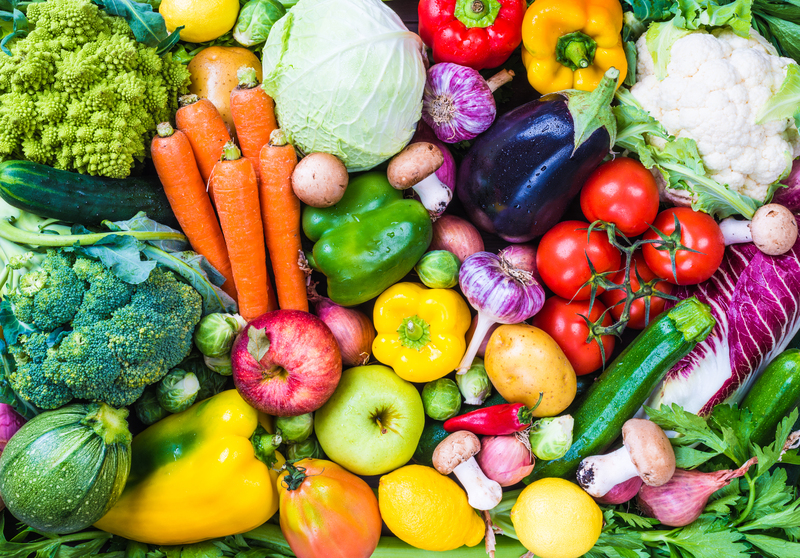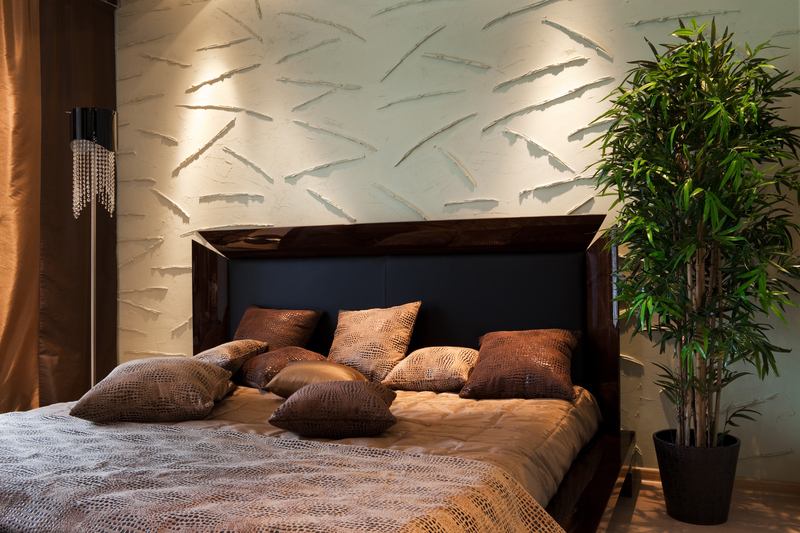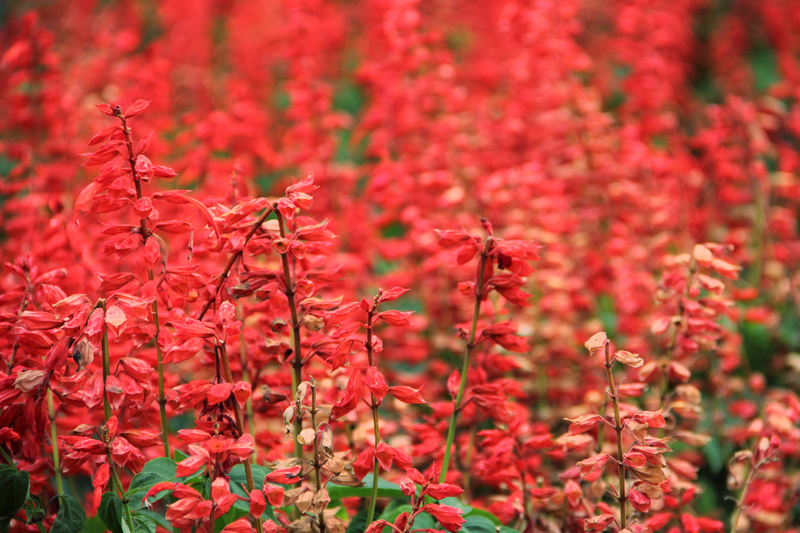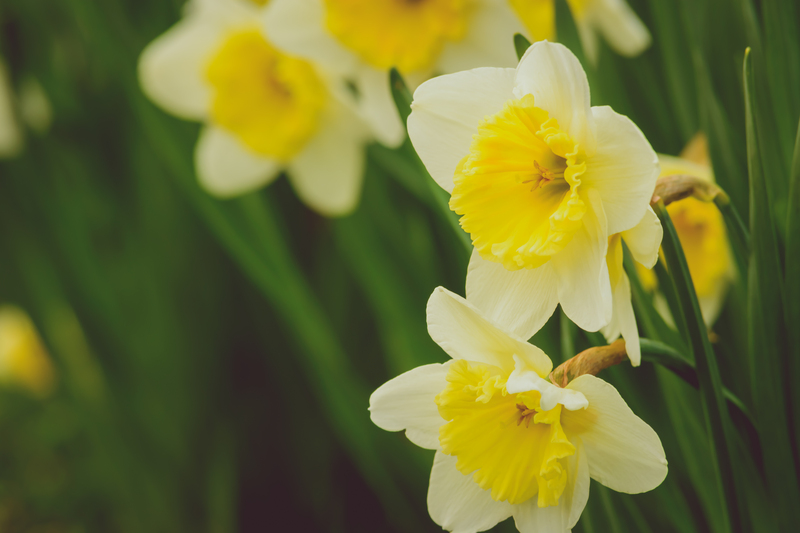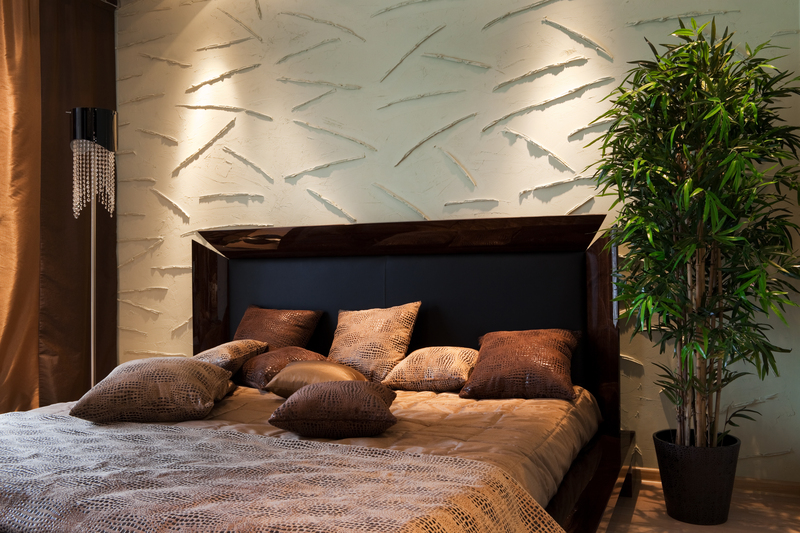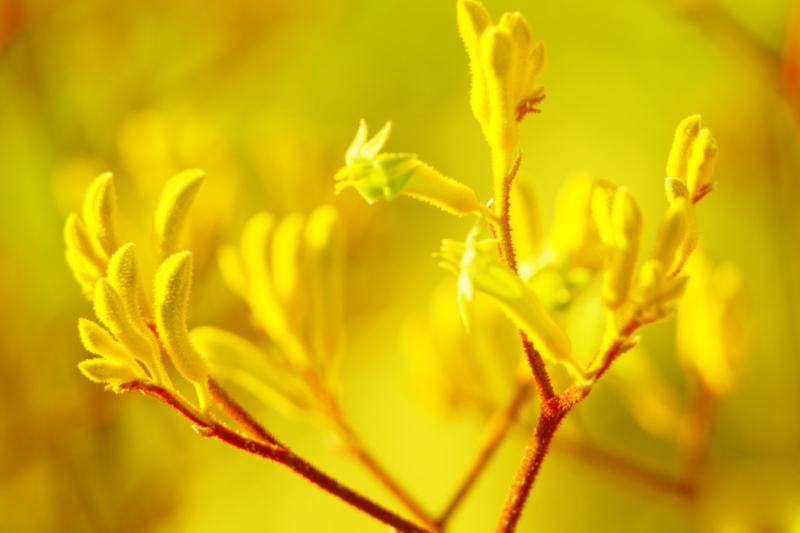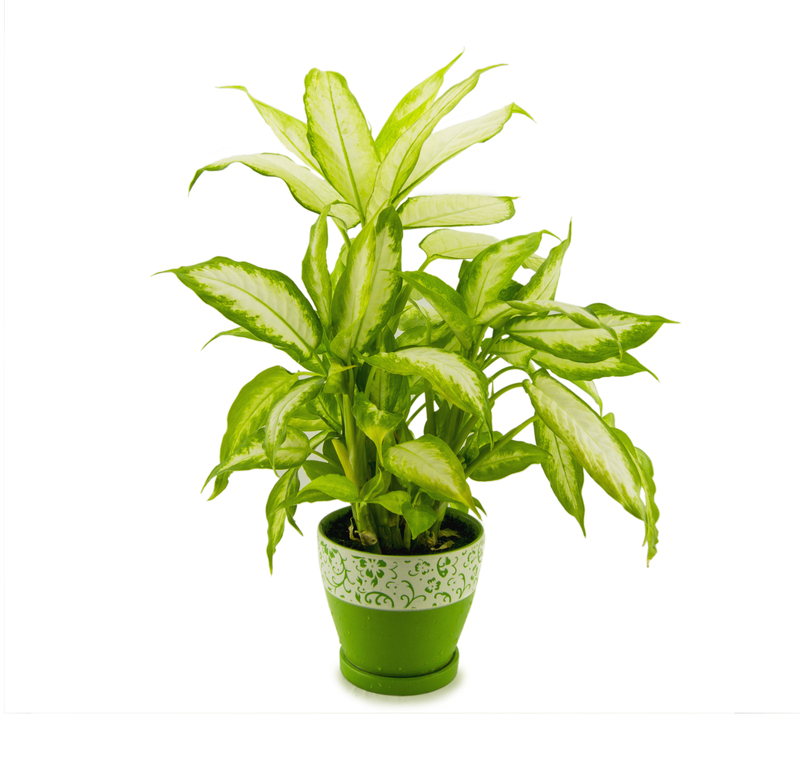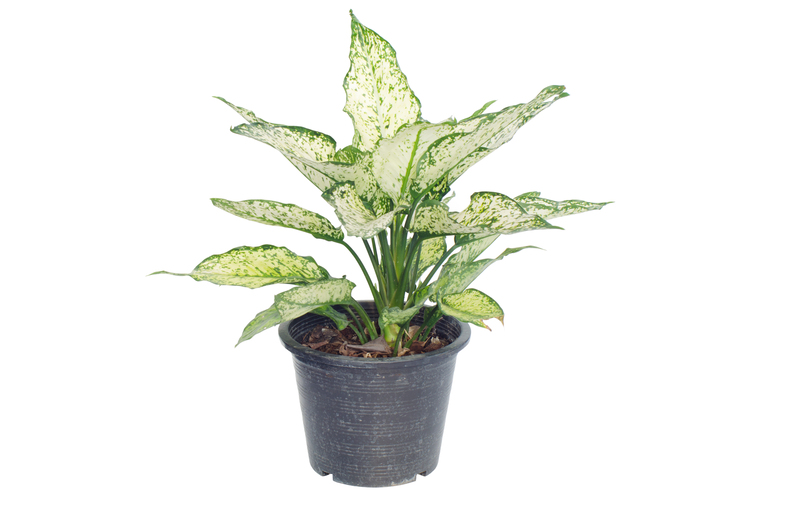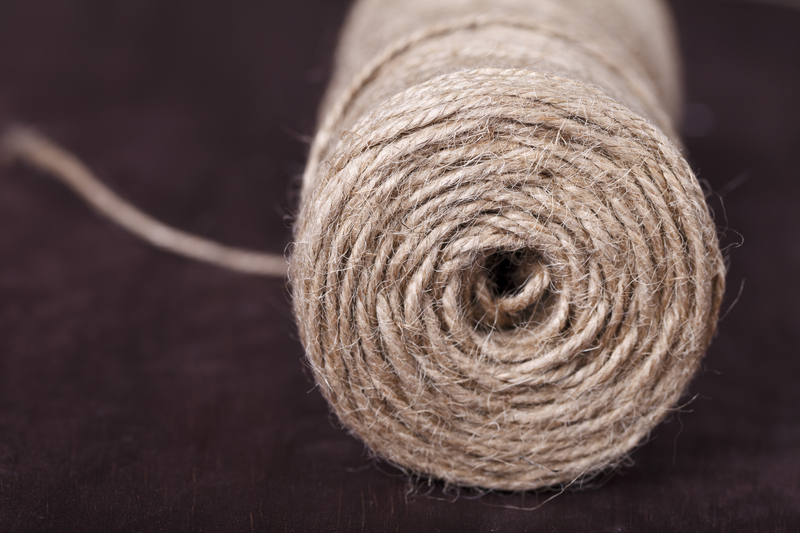Enhancing Your Outdoor Space with Garden Fencing
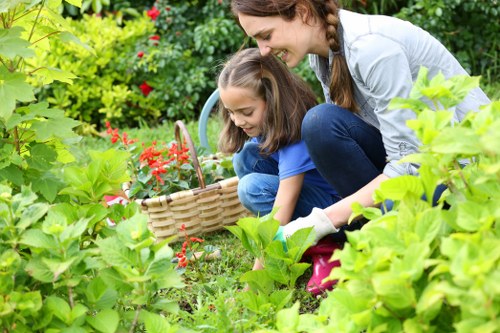
Garden fencing is an essential element in defining and enhancing the aesthetic appeal of your outdoor space. Whether you are looking to create a private sanctuary, secure your plants, or simply add a touch of elegance, the right fence can make all the difference. In this comprehensive guide, we will explore the various types of garden fencing, materials, installation tips, and maintenance practices to help you choose the perfect solution for your garden.
Choosing the appropriate garden fence not only provides security but also contributes to the overall design and functionality of your outdoor area. From classic wood panels to modern metal designs, the possibilities are endless. By understanding the different options available, you can make an informed decision that aligns with your aesthetic preferences and practical needs.
One of the first considerations when selecting a fence is the primary purpose it will serve. Are you aiming to keep pets and children safe, delineate property boundaries, or create a decorative focal point? Identifying your objectives will guide you in selecting the right type of fencing that meets both your functional requirements and style preferences.
Additionally, the height and visibility of your garden fence play crucial roles in its effectiveness. A taller fence may provide more privacy but could require permits or additional planning, depending on local regulations. Conversely, a shorter fence might offer adequate security while allowing for more light and visibility, creating an open and inviting atmosphere.
Integrating garden fencing with other landscape elements can also enhance the overall appeal of your outdoor space. Consider incorporating climbing plants or decorative panels to add texture and interest. These elements not only beautify your fence but also contribute to a harmonious and cohesive garden design.
Moreover, the durability and maintenance of your chosen fence material are essential factors to consider. Materials such as vinyl, metal, and treated wood offer varying levels of resilience against weather conditions and wear over time. Evaluating the long-term upkeep required for each material will help ensure that your investment remains attractive and functional for years to come.
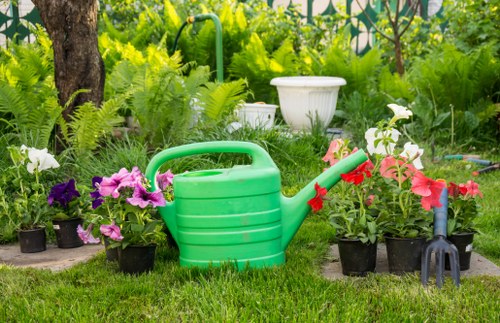
When it comes to installation, proper planning and execution are key to achieving a successful outcome. Taking accurate measurements and ensuring that the fence is level and secure will enhance its longevity and performance. Depending on the complexity of the project, you may choose to undertake the installation yourself or enlist the help of professionals to guarantee a flawless finish.
Environmental considerations also play a role in the selection of garden fencing. Opting for sustainable materials or recycled components can reduce your ecological footprint and contribute to a greener garden. Additionally, certain materials are better suited to withstand specific climates and conditions, ensuring that your fence remains sturdy and reliable in the face of environmental challenges.
Incorporating lighting into your garden fence design can add both functionality and ambiance. Solar-powered lights or strategically placed fixtures can illuminate pathways, highlight focal points, and extend the usability of your outdoor space into the evening hours. Thoughtful lighting solutions can transform your garden fence into a captivating feature that enhances the overall nighttime aesthetic.

Maintenance is a vital aspect of preserving the beauty and integrity of your garden fence. Regular inspections for damage, wear, and signs of rot or corrosion will help you address issues promptly, preventing more extensive repairs down the line. Applying protective coatings or treatments can also extend the lifespan of your fence, shielding it from the elements and maintaining its appearance over time.
Furthermore, integrating smart technology with your garden fencing can offer increased security and convenience. Features such as automated gates, motion sensors, and surveillance cameras can provide enhanced protection for your property while adding a modern touch to your outdoor setup. Embracing technological advancements can elevate the functionality of your garden fence to new levels.
Personalizing your garden fence with decorative elements or unique design features allows you to express your individual style and creativity. Whether through intricate patterns, vibrant colors, or custom-built accents, adding personal touches can make your fence a standout feature that complements the rest of your garden landscape.
- Types of Garden Fencing: Explore various fencing styles such as picket, privacy, and lattice.
- Materials Used: Compare wood, vinyl, metal, and composite materials for durability and aesthetics.
- Installation Tips: Learn the best practices for measuring, setting posts, and securing panels.
Popular Garden Fencing Designs
 Choosing the right design for your garden fencing is crucial in achieving the desired look and functionality. Popular designs include traditional picket fences, which offer a charming and classic appearance, and modern horizontal slat fences, which provide a sleek and contemporary feel. Other designs, such as shadow box and split rail fences, offer unique textures and visual interest.
Choosing the right design for your garden fencing is crucial in achieving the desired look and functionality. Popular designs include traditional picket fences, which offer a charming and classic appearance, and modern horizontal slat fences, which provide a sleek and contemporary feel. Other designs, such as shadow box and split rail fences, offer unique textures and visual interest.
Classic Picket Fences
Classic picket fences are a timeless choice for many gardens. They provide a welcoming and quaint appearance while offering a reasonable level of privacy. Picket fences can be customized with various heights, spacing, and decorative elements to suit different architectural styles and personal preferences.
Modern Metal Fences
For a more contemporary look, metal fences offer durability and a sleek aesthetic. Materials like aluminum and wrought iron are popular choices that require minimal maintenance and can withstand harsh weather conditions. Metal fences can be designed with intricate patterns or simple lines, making them versatile for various garden styles.
Eco-Friendly Options
Eco-conscious gardeners may opt for fencing materials that are sustainable and environmentally friendly. Bamboo, reclaimed wood, and recycled metal are excellent choices that reduce environmental impact while providing sturdy and attractive fencing solutions. These materials also add a natural and organic feel to your outdoor space.
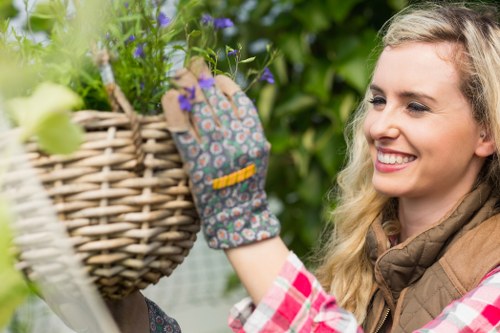
Maintenance Practices Maintaining your garden fence is essential for preserving its appearance and functionality. Regular cleaning, repainting or staining, and inspecting for damage will ensure that your fence remains in top condition. Depending on the material, different maintenance routines may be required, such as applying sealants to wood or wiping down metal surfaces to prevent rust.
In addition to regular maintenance, addressing any issues promptly can prevent minor problems from escalating. For instance, repairing broken panels, tightening loose posts, or replacing damaged components will help maintain the structural integrity of your fence. Proactive maintenance not only extends the lifespan of your garden fencing but also saves you from costly repairs in the future.
Moreover, seasonal maintenance tasks should be incorporated into your routine to prepare your fence for changing weather conditions. Applying protective treatments before winter or ensuring proper drainage during rainy seasons can protect your fence from moisture-related damage and other environmental stresses.
By following these maintenance practices, you can keep your garden fencing looking pristine and functioning effectively, enhancing the overall beauty and security of your outdoor space.
